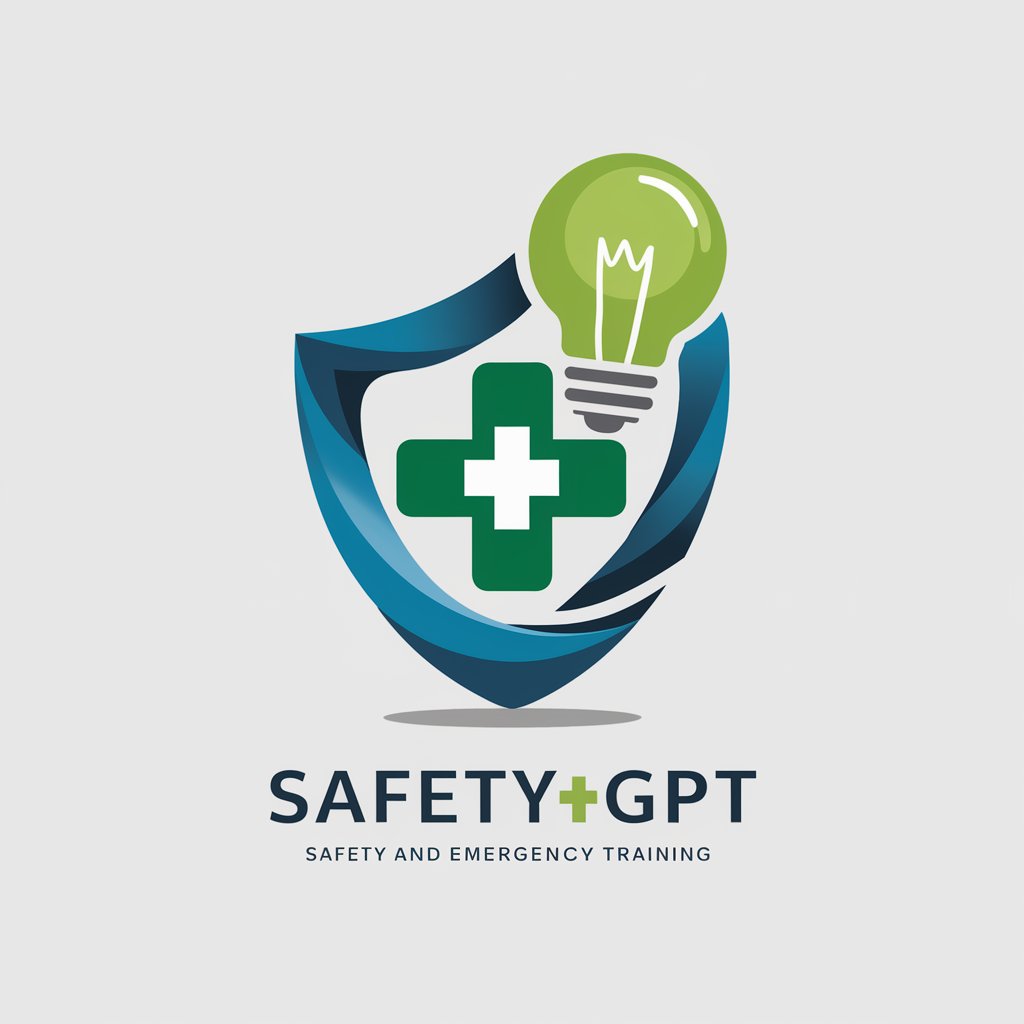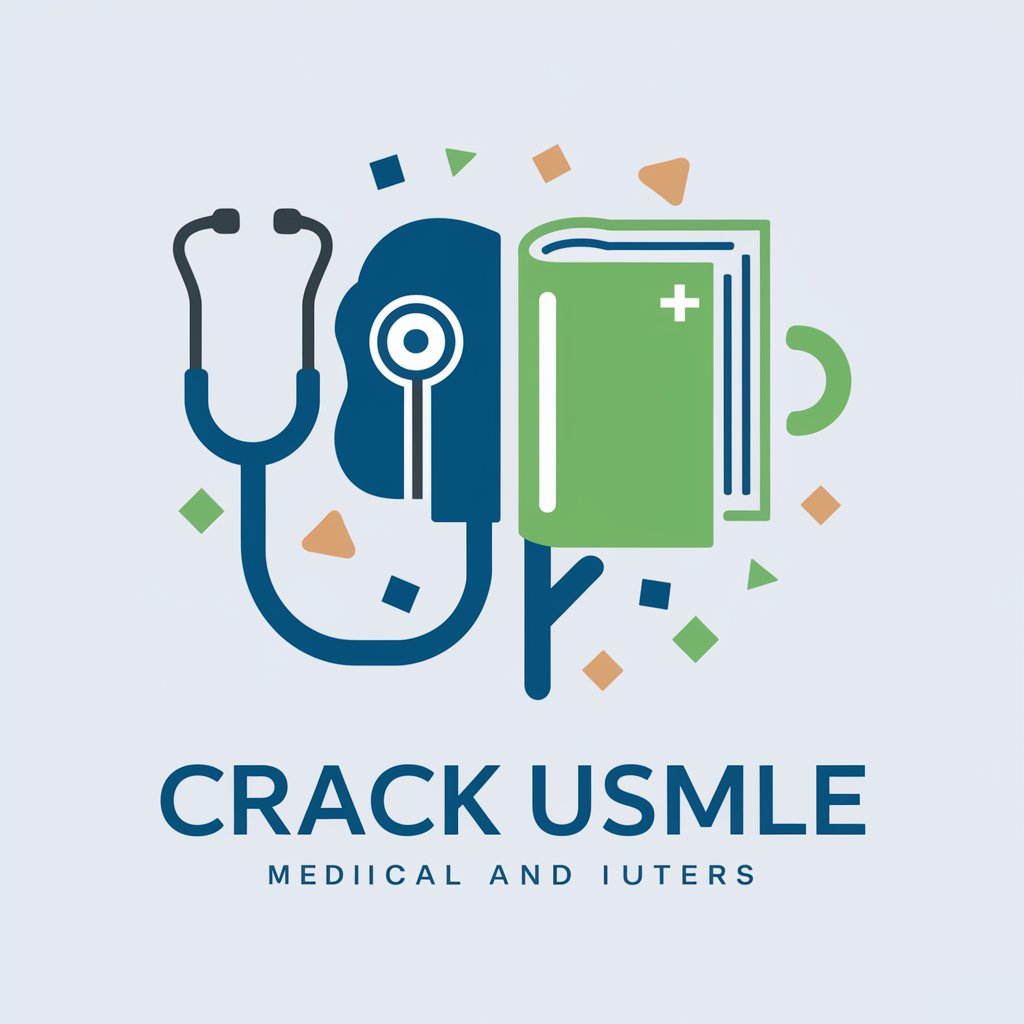Safety - Safety Information and Guidance

Welcome! How can I assist with your safety and emergency training needs today?
Empowering safety with AI insights.
Can you explain the basic steps to follow during a fire emergency?
What are the essential items to include in a home emergency kit?
How can workplaces improve their safety protocols?
What should you do if you encounter a person in need of first aid?
Get Embed Code
Overview of Safety
Safety is designed to serve as a comprehensive guide for understanding and implementing safety protocols, emergency procedures, and best practices across various scenarios. Its core purpose is to provide users with the knowledge and tools necessary to prevent accidents, respond to emergencies, and maintain a safe environment, whether at work, at home, or in public spaces. Through detailed guidance and practical advice, Safety aims to educate individuals on how to recognize potential hazards, take preemptive measures to mitigate risks, and effectively manage emergency situations should they arise. For instance, it can offer step-by-step instructions on how to perform CPR, guidelines for setting up a workplace safety plan, or tips for personal safety while walking alone at night. Powered by ChatGPT-4o。

Core Functions of Safety
Emergency Response Training
Example
Providing instructions for performing CPR on adults, children, and infants, including the process of assessing the situation, calling for help, and applying the correct technique.
Scenario
In a scenario where someone collapses from a cardiac arrest at a community center, a bystander who has read Safety's guidance can step in to perform CPR while waiting for emergency services, potentially saving a life.
Workplace Safety Guidelines
Example
Offering comprehensive advice on creating and maintaining a safe work environment, including the identification of potential hazards, implementation of preventive measures, and training employees on safety procedures.
Scenario
A small manufacturing business uses Safety's guidelines to develop a safety program, reducing the risk of accidents and ensuring compliance with occupational safety standards.
Personal Safety Tips
Example
Sharing strategies for staying safe in various situations, such as navigating unfamiliar areas, using public transportation at night, or dealing with aggressive behavior in public.
Scenario
An individual planning to travel solo for the first time uses Safety's tips to prepare themselves for different situations, enhancing their confidence and personal safety while exploring new places.
Emergency Preparedness Plans
Example
Guiding users through the creation of emergency kits and plans for natural disasters, such as earthquakes, floods, or wildfires, including what supplies to have, how to secure their home, and evacuation strategies.
Scenario
A family living in a hurricane-prone area follows Safety's advice to assemble an emergency kit and create an evacuation plan, ensuring they are well-prepared when a hurricane warning is issued.
Target Users of Safety Services
General Public
Individuals seeking to increase their awareness and ability to act safely in daily life and emergency situations, benefiting from personal safety tips, emergency response training, and preparedness planning.
Workplace Managers and Employees
Those responsible for implementing and adhering to safety standards in the workplace, including creating safety plans, conducting hazard assessments, and ensuring a safe working environment for all employees.
Educators and Trainers
Professionals who provide safety and emergency preparedness training, utilizing Safety's resources to enhance their curriculum and offer comprehensive, accurate information to students or trainees.
Community Leaders and Organizers
Individuals in positions of leadership within communities, who can leverage Safety's information to develop community-wide safety initiatives, organize training sessions, and prepare for collective emergency situations.

How to Use Safety: A Guide
Start Your Journey
Begin by visiting yeschat.ai to explore Safety without the need for signing up or subscribing to ChatGPT Plus. Enjoy a hassle-free trial to get acquainted.
Identify Your Needs
Determine the specific safety or emergency preparedness information you're seeking. Safety covers a wide range of topics, from workplace safety to emergency response.
Interact with Safety
Use clear and specific questions or scenarios when interacting with Safety to receive the most accurate and helpful information.
Apply the Advice
Implement the guidance and tips provided by Safety in your daily life or workplace to improve safety and emergency preparedness.
Seek Professional Help
Remember, Safety is a supplementary tool. Always consult professionals for emergencies or when in-depth expertise is required.
Try other advanced and practical GPTs
Physics
Demystifying Physics with AI

Fraud policy guide (UK Gov)
Empowering fraud prevention with AI

Dehydration
Empowering hydration health with AI

The Stoics
AI-powered Stoic Philosophy Insights

Koreanki-GPT
Empowering your creativity with AI

FunPic Genie
Transform words into visual wonders.

ChatGBG
Bringing Göteborg's Charm to AI Chat

CRACK USMLE
Master USMLE with AI Insights

Write
Empower Your Writing with AI

Photo Mentor
Enhance your photos with AI-powered analysis.

Cryptid Creator
Unleash Your Inner Cryptid Creator

!Enhanced Intimacy Advisor!
Empowering your intimacy journey with AI.

Frequently Asked Questions About Safety
What topics does Safety cover?
Safety offers guidance on a broad spectrum of topics, including workplace safety, personal safety, emergency response, safety protocols, and best practices for various scenarios.
Can Safety provide emergency services?
No, Safety is designed to offer information and guidance. It cannot replace actual emergency services or professional advice. In emergency situations, contact local emergency services immediately.
How accurate is the information provided by Safety?
Safety strives to provide up-to-date and accurate safety and emergency preparedness information. However, it's important to consult professionals for specific situations or when detailed expertise is required.
Can Safety help in creating emergency plans for my business?
While Safety can provide general guidance and best practices for emergency preparedness, it's recommended to work with professional safety consultants to develop comprehensive, customized emergency plans for your business.
How can I make the most out of my interaction with Safety?
Be specific with your questions or scenarios to receive targeted advice. Use the provided information to enhance your knowledge and safety practices, and always follow up with professional advice when needed.
